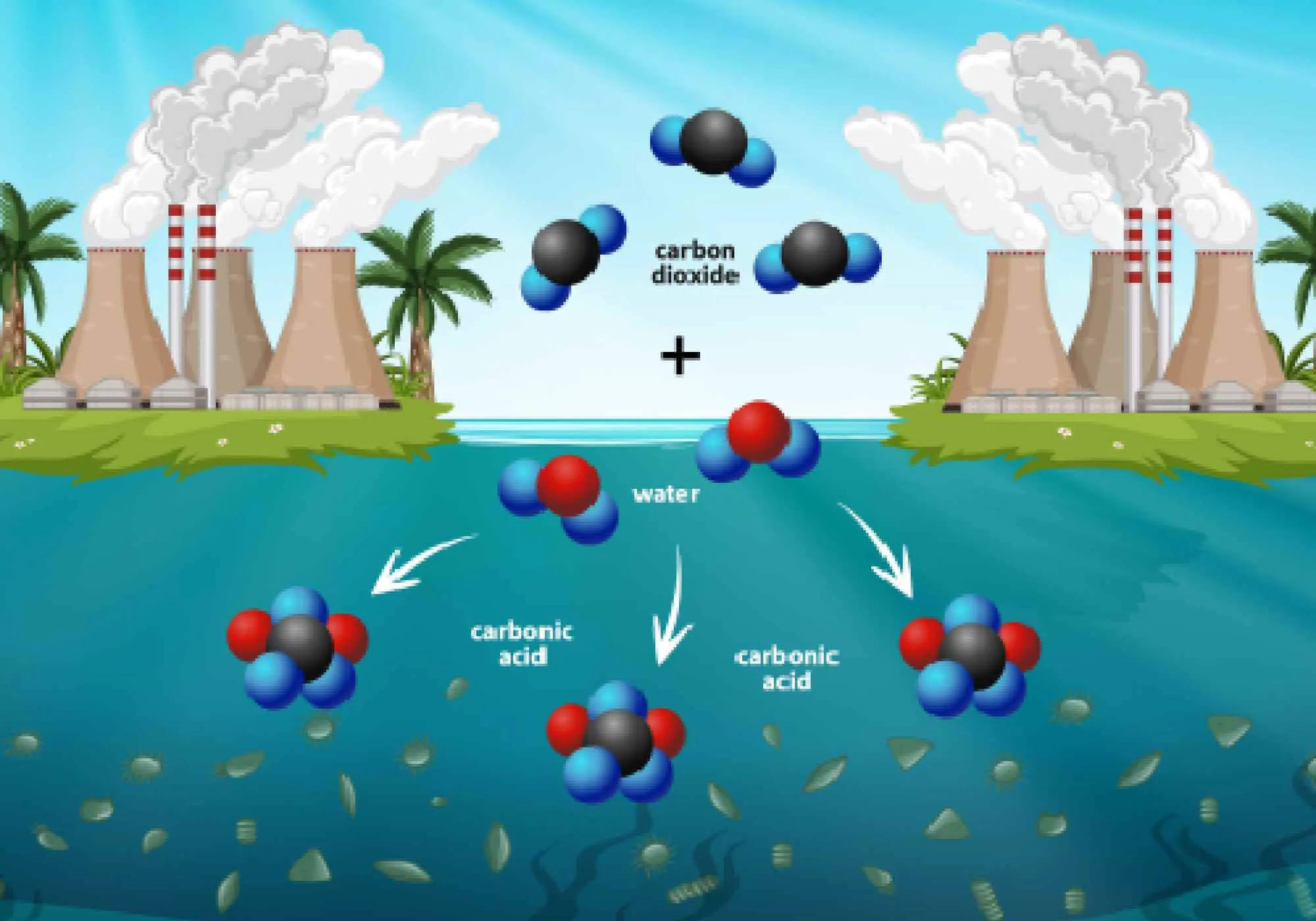Antibiotics have been used by the world’s oldest cells until 2025, and their energy routes usually reduce to avoid drug action. Find out how bacteria now reformulate their metabolism to evade any possible antibiotic treatment.
Nuclear weapons risks — Threats, fallout, and how we can stop them
Nuclear weapons do not just explode; they release a storm of energy contained in the nucleus of atoms. This process begins with fission, where heavy atoms, like uranium-235 or plutonium-239, break apart. Imagine a snowball rolling down a hill. Just one push, and it breaks into smaller pieces and releases a burst of energy. This is the same process with fission, where an atom splits, releasing neutrons and a flash of heat and light. But this is the point where it gets weird. These neutrons do not stop. They collide with other atoms, and a chain reaction continues. In an atomic bomb, this process happens in a fraction of a second, multiplying the energy by several times. For example, in a famous Hiroshima bomb, just 0.6 grams of uranium in the weight of the paperclip turned into the energy equivalent to 15,000 tons of TNT. Like a single particle of matter destroyed a city! Then the next level is fusion. In this process, lighter atoms like hydrogen isotopes fuse together. A huge amount of energy is released, just like the burning of the sun. Modern weapons, called thermonuclear or hydrogen bombs, are the combination of fission and fusion reactions. A blast of millions of times stronger than dynamite occurs as a result. Now, let’s delve deep into this topic. What Happens During a Nuclear Explosion? A nuclear explosion is not just simple; it happens in three forms. Firstly, when a bomb explodes, it creates a huge hot ball of fire. This fireball is even hotter than the sun, about 15 million degrees Celsius. In Hiroshima on August 6, 1945, this fireball turned people into shadows of the wall. The next form is the shockwave. The explosion forces the air to escape the ground, creating a strong wall that travels at great speed. Would you believe buildings collapse like they are made of paper? In Hiroshima, this wave destroyed everything and killed 70,000 people instantly. Finally, there are radiations, which are more dangerous. Harmful rays emit that can damage skin and cells. Some people survive, fortunately. However, these radiations damage them within a few days, including symptoms including nausea, hair loss, and organ problems. Effect Timeframe Impact Fireball Microseconds Burns and vaporizes instantly Shockwaves Seconds Crushes structures, bodies Radiations First minute Damages cells, causes sickness The Lasting Effects of Nuclear Weapons The explosion ends, but its effects remain. It is like a rain of poisonous confetti. When a bomb explodes, it vaporizes dust and debris, mixing them with radioactive particles. Winds carry them millions of miles and spread them over the fields, rivers, and cities. In Hiroshima, fallout poisoned survivors who thought the worst is over. They drank contaminated water and fell ill within a few weeks. Then comes nuclear winter, a terrible consequence. The explosion may have ended, but the soot and smoke produced as a result spread into the sky. A dark cloud is formed that blocks the sunlight from reaching the Earth. This causes the global temperature to rise. During the Cold War, scientists analyzed the data. They estimated that a war between the United States and Soviet Union lasting for months would increase global temperature by around 20 degrees. Crops would fail, animals would starve, and humanity would suffer immensely. It would be as if an indefinite summer had begun. Below is the table of the fallout timeline: Phase Duration Effect Immediate Fallout Hours to days Heavy radiation, acute poisoning Delayed Fallout Weeks to months Contaminates food and water Nuclear winter Months to years Cools planet, disrupts ecosystems Worldwide Dangers of Nuclear Weapons Nuclear weapons are not just a thing of the past. This technology is possessed by powerful nations today. These countries include the United States, Russia, China, France, the United Kingdom, Pakistan, India, Israel, and North Korea. These countries have over 9,000 weapons on standby. Russia and the United States are leading this pack, with around 1600 deployed in each pack. This single pack is enough to destroy a civilization multiple times. It is like a scenario where two children are sitting with slingshot ready, waiting to strike any time and completely destroy their target. These threats have been continuously increasing over time. For example, in 2017, North Korea tested a hydrogen bomb six times more powerful than the one dropped on Hiroshima. Russia tested super hypersonic missiles, a highly advanced defense system. Imagine a bullet train dodging every stop sign; that’s how fast and unpredictable these missiles are. There is also a cyber aspect to this threat, as hackers can infiltrate the launch system, cause damage, or even trigger catastrophic failures. In 2021, experts warned that a digital malfunction or cyberattack could lead to unintended chaos. Can We Stop a Disaster? Considering these nuclear threats, world leaders have explored various ways to prevent such dangers and have signed multiple agreements. Below, we take a brief look at these agreements: In my opinion, although these treaties have reduced nuclear proliferation, but they have not completely eliminated the threat. Countries like India, Pakistan, and North Korea have developed nuclear weapons outside the NPT framework. As a result, the threat still persists and continues to grow. The Future of Nuclear Weapons Technology is rapidly changing, and every nation is engaged in a race to enhance its nuclear power. We are not even fully grasping the speed at which this technology is changing. Emerging innovations like artificial intelligence are further integrating into these weapons., making them more sophisticated. Cyberattacks are creating new challenges for the countries trying to regulate and control these weapons. Using Artificial Intelligence in Nuclear Warfare This is bringing significant changes to military operations, especially in the field of nuclear weapons. AI is being considered as a super smart assistant; it can monitor missiles and detect threats faster and more efficiently than humans. It is advancing this technology and making it even more sophisticated. Hypersonic Weapons Then come hypersonic weapons, which travel five times more than the speed of the sound. These weapons are
Dynamic Knowledge Graphs – How AI Uses Smart Data Networks
Using artificially structured data patterns, Dynamic Knowledge Graphs have transformed AI by facilitating real-time learning, intelligent reasoning, and linguistic interface. Such divergently developed networks facilitate better activities in virtual assistants, search engines, and fraud detection, making the AI adaptive and intelligent in managing intricate relationships in information.
Protecting Our Oceans for the Future: Understanding Ocean Acidification
Ocean acidification, caused by the use of carbon dioxide, is a large threat to marine ecosystems, coral reefs, and fisheries across the globe. This blog outlines the causes of ocean acidification, some alarming impacts, and eventual solutions that include cutting carbon emissions and preservation of marine life. Find out how together we can protect the waters and ensure a sustainable future for everyone.




